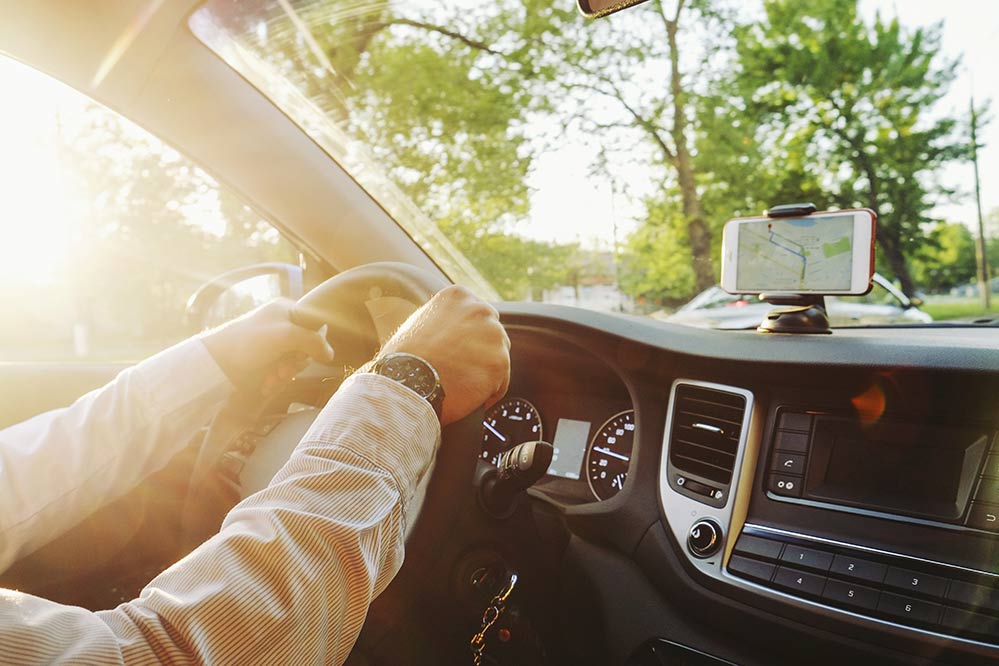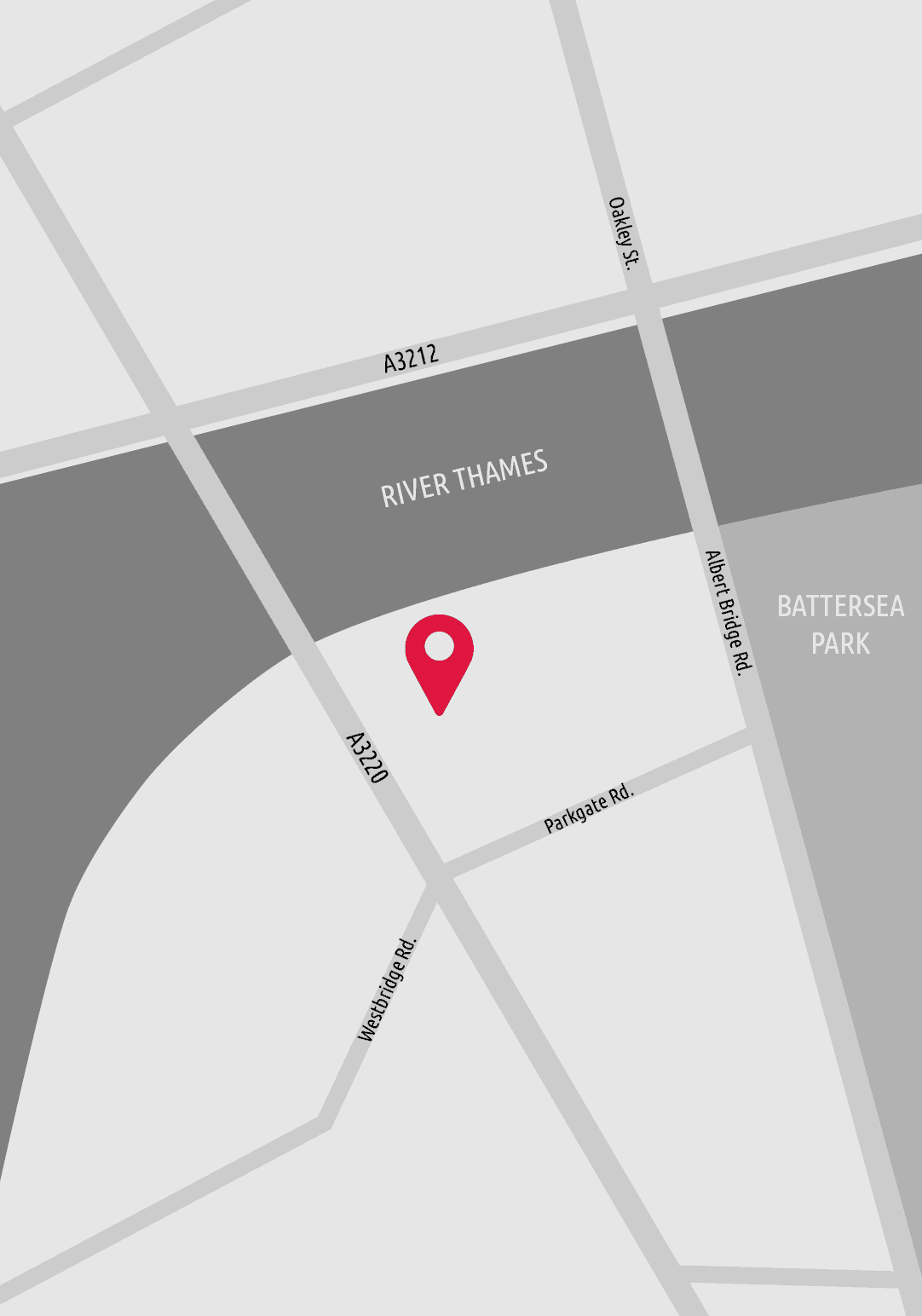When scientists and filmmakers shared their visions of the future in the 1960s, they imagined unmanned flying cars and superhighways sprawling across the sky. While some level of success has been achieved with aerial vehicles, it is the connected world that looks set to win the transportation race to the future.
Global megatrends are disrupting the passenger transport sector, allowing travellers to access progressively seamless forms of mobility. From electric and autonomous vehicles to ‘robo-taxi’ fleets and car-sharing, the rise of innovative and on-demand mobility cannot be ignored. Thanks to rapid advances in design and technology both inside and outside of the vehicle, drivers and passengers can now enjoy the many benefits that connected cars have to offer, making the journey from A to B much more convenient and enjoyable.
The data driving the connected experience
Whether you are sitting back and enjoying the ride or taking advantage of the new in-car technology available to you as a driver, it is behind the scenes that the real magic happens. While connectivity and automation are revolutionising the driving experience and the way we use our cars, it is the data that is generated, gathered and analysed that creates a convergence between the vehicle, its many sensors and the outside world. The amount of data generated will be vast.
Some experts predict there will be 152 million connected cars active and driving on the world’s roads by 2020. And thanks to the combination of aftermarket devices and enhanced car features, we could see almost 2 billion connected vehicles by 2025. The Byton M-Byte, the newest connected vehicle to be revealed this year, promises AI and 5G as standard and offers a range of features including facial recognition, hand gesture control, productivity tools and navigation and vehicle performance insights.
Valuable clues and insights
But what is this data and what value does it hold? To truly understand this, we need to take a closer look at what’s being generated and what’s possible. Contained within connected car data are vital and valuable clues about the health and performance of the vehicle (for example, when, where and how it was driven), the driver’s in-car preferences and driving style and how the vehicle is interacting with the infrastructure around it.
The opportunities for collecting and analysing connected car data are numerous and varied. In addition to transforming the driver or passenger experience, these opportunities will help create more efficient operation, enhanced customer loyalty and new revenue streams.
Avoiding gridlock in the cloud
Of course, connected vehicles, no matter how impressive or innovative the design, must have access to a reliable network. With such vast amounts of data flowing through the ether, without the right connectivity, it is inevitable that bottlenecks will occur. The risk to safety could be catastrophic.
At CKH Innovations Opportunities Development, we understand how important it is to get the right network infrastructure in place to support the huge volume of data that will be generated by connected vehicles. In a relatively short space of time, we have seen the evolution of that network infrastructure and the new possibilities that open up with every new wave of innovation.
With 2G, manufacturers were able to locate and pool basic information from the vehicle. 3G and 4G supercharged how a car manufacturer engages with and learns from road vehicles, as well as enabling drivers and passengers to extend their living room to the car. The next wave, 5G, promises another huge leap. In particular, it will shape how vehicles engage with and learn from one another, as well as their surroundings. The result will be reduced congestion, shorter journey times and improved safety.
What’s coming next for the connected car?
While it will be a few years before autonomous vehicles become commonplace on our roads, it is fascinating to see what the future has in store. Vehicle-to-everything (V2X) connectivity will enable connected cars to communicate with everything on the road including infrastructures such as lampposts and gantries, traffic lights and even the roads themselves. There might be a few obstacles to navigate first, but this technology is well and truly on way.
In part two of our connected car series we explore how connected car data will transform and personalise the customer experience, improve quality, safety and reliability and open up new marketing opportunities.





